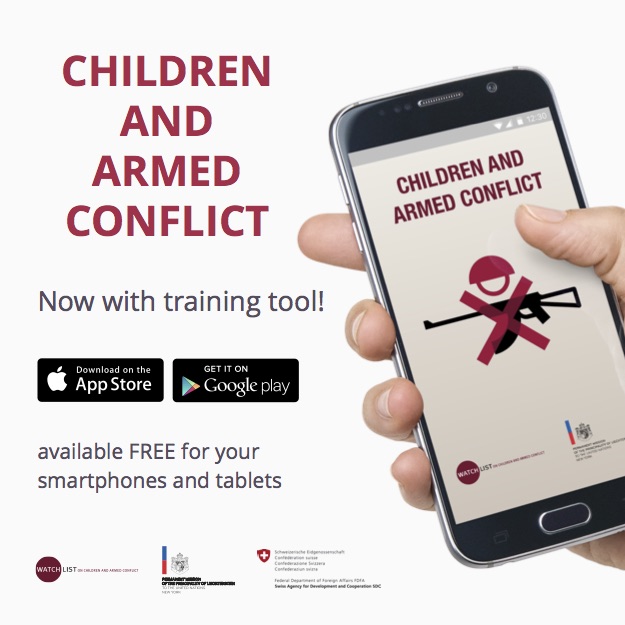June 2013 – “Where are they…?”, the title of the report, refers to multiple layers of the findings: It asks where are the recruited children, many of whom seemingly disappeared with the retreat of the armed groups in early 2013; it refers to the number of children against whom grave violations are being committed, unknown due to the lack of data and monitoring; and finally, it asks where is the international community, specifically the child protection actors with the expertise and knowledge for responding to conflicts of this nature. Where are they all?
Three months after the start of the current conflict in Mali, which began in January 2012, the non-state armed groups the National Movement for the Liberation of Azawad (MNLA) and Ansar Dine, with assistance from Al-Qaida in the Islamic Maghreb (AQIM) and the Movement for Unity and Jihad in West Africa (MUJAO), captured the three northern regions in Mali: Gao, Kidal, and Tombouctou. Ideological differences led to clashes amongst the four armed groups. By July 2012, Ansar Dine, AQIM, and MUJAO were in control of most of the captured terri- tory and were enforcing their own severe interpretation of Sharia on the remaining population through threat of force.
In December 2012, the United Nations (UN) Security Council authorized the estab- lishment of the African-led International Support Mission in Mali (AFISMA) to assist the Malians in reclaiming control over their territory. However, on 10 January 2013, Ansar Dine, AQIM, and MUJAO began advancing south towards the capital, Bamako, prompting the launch of a French-led military intervention, Operation Serval, and the hurried deployment of AFISMA. As a result, the armed groups retreated into the surrounding areas and desert, shifting the conflict to asymmetric warfare. In late April 2013, the UN Security Council authorized the establishment of a UN-led peacekeeping force for Mali, the United Nations Multidimensional Integrated Stabilization Mission in Mali (MINUSMA), expected to begin 1 July 2013. The conflict has led to the dis- placement of nearly 475,000 Malians: 300,783 of them internally displaced.
Given the dearth of information on the conflict’s effect on children, Watchlist undertook two missions to Mali in November-December 2012 and in February-March 2013, to research grave violations, notably: the recruitment or use modalities: “voluntary” recruitment, recruitment through association with family or guardians, and forced recruitment and retention.
- Full Report in English PDF
- Executive Summary in English PDF
- Full Report in French PDF
- Executive Summary in French PDF




